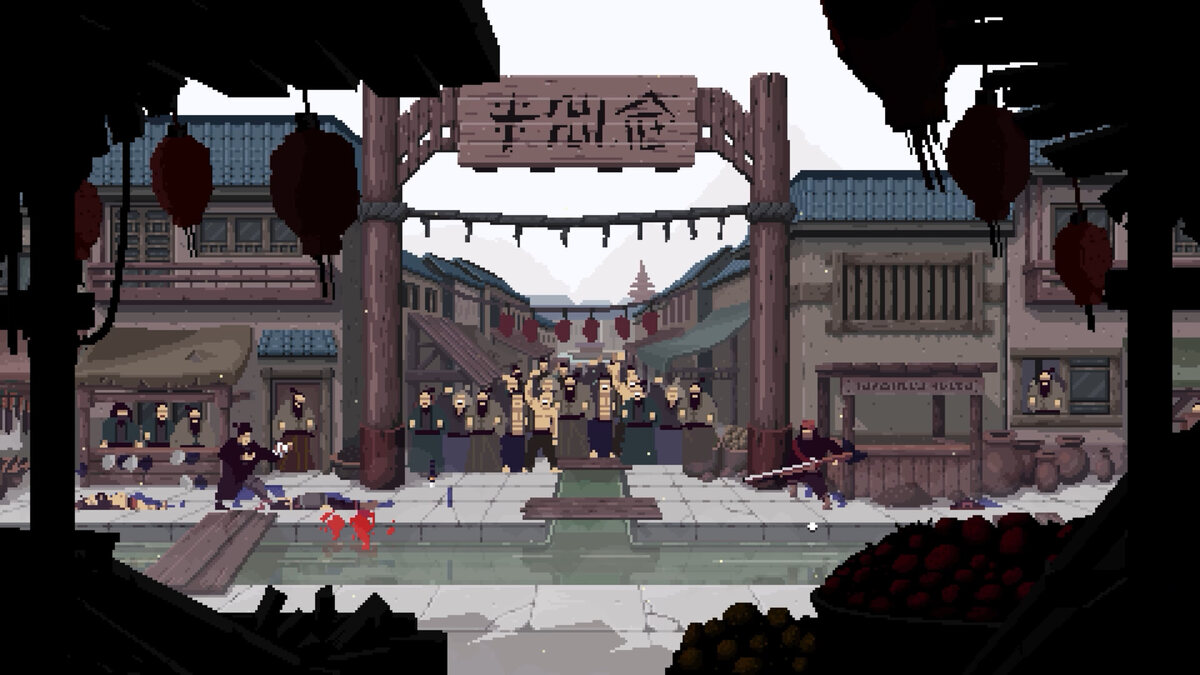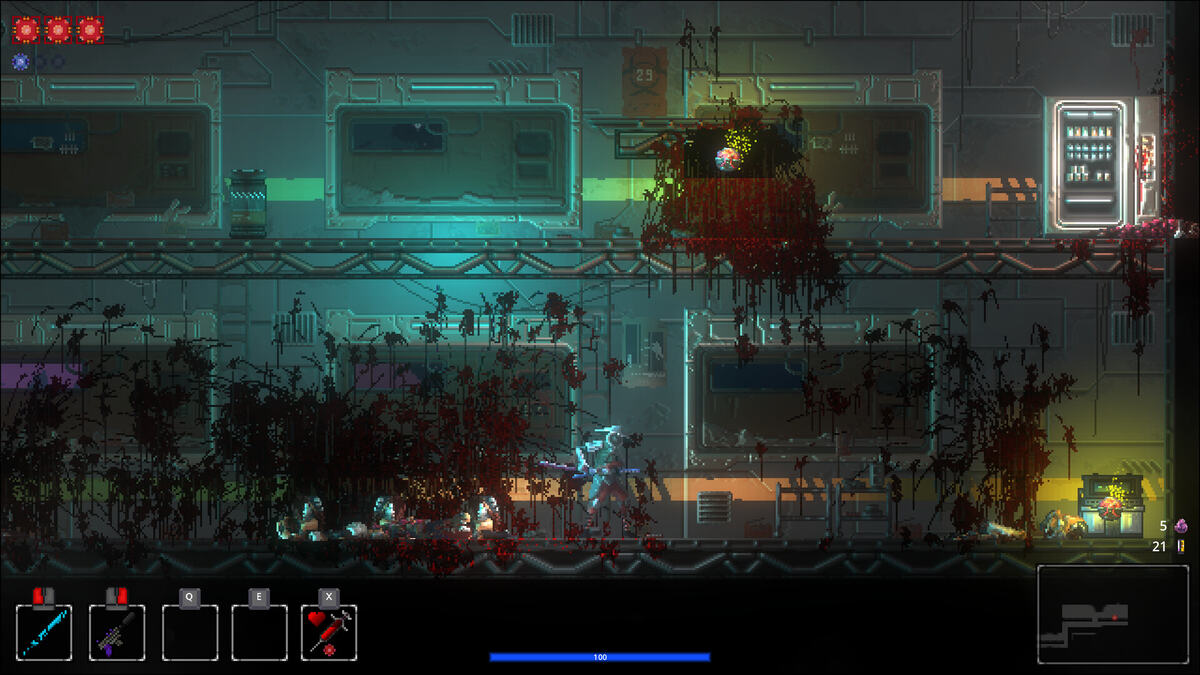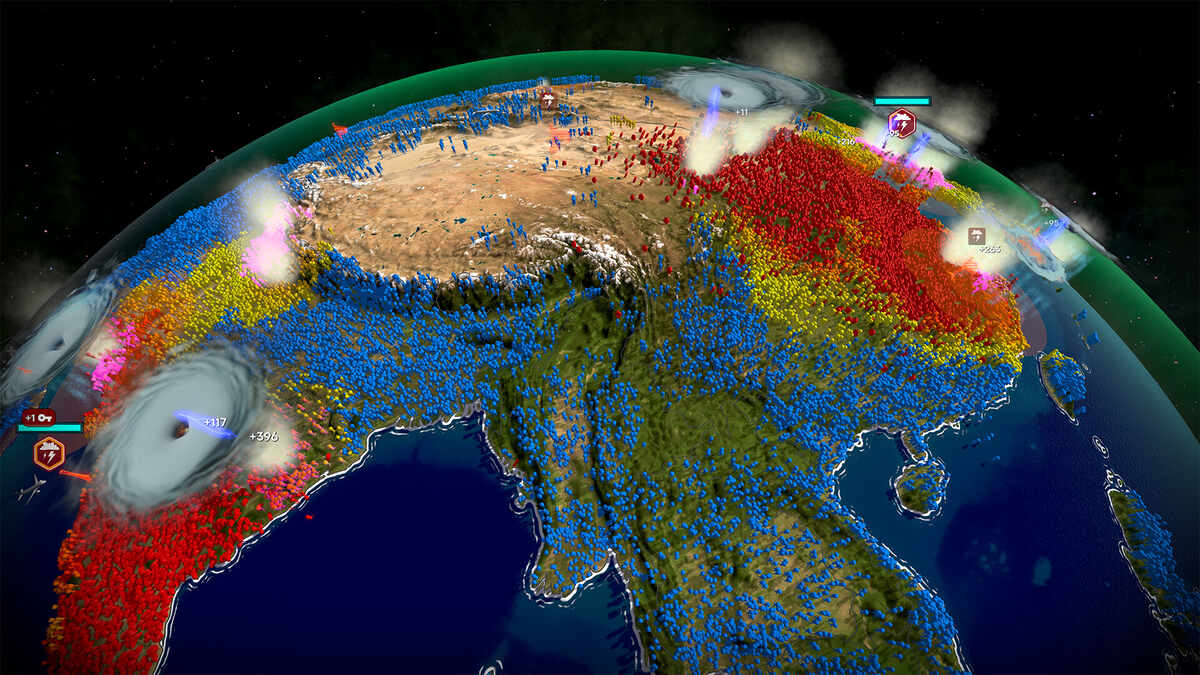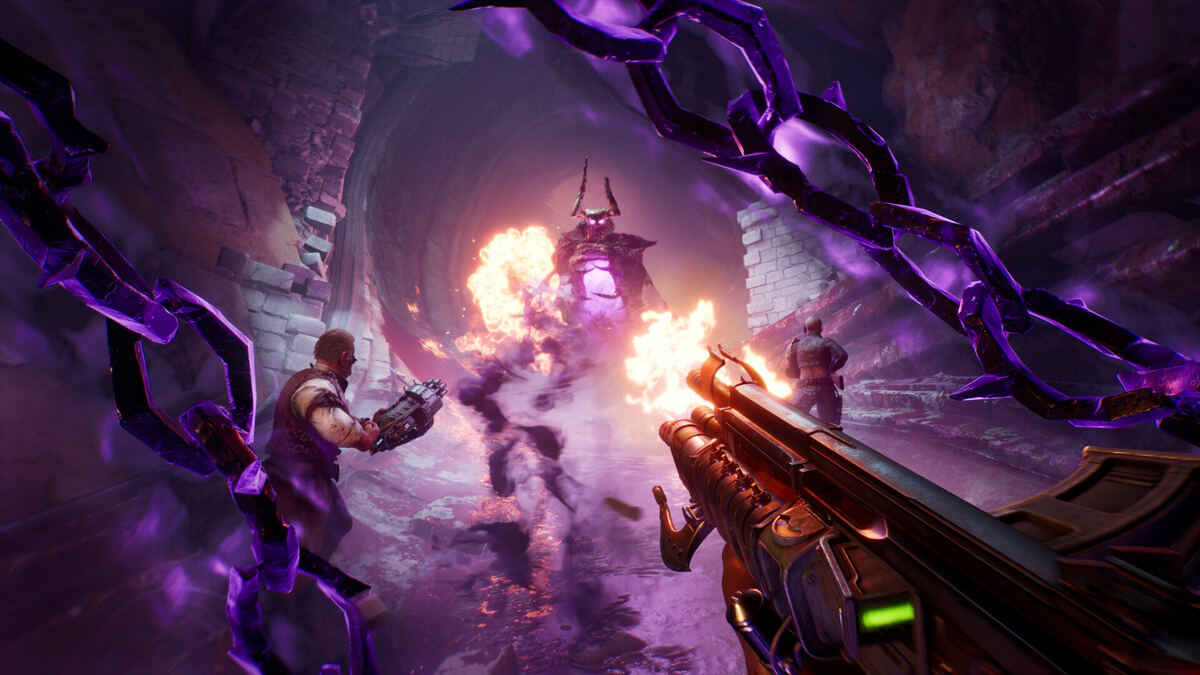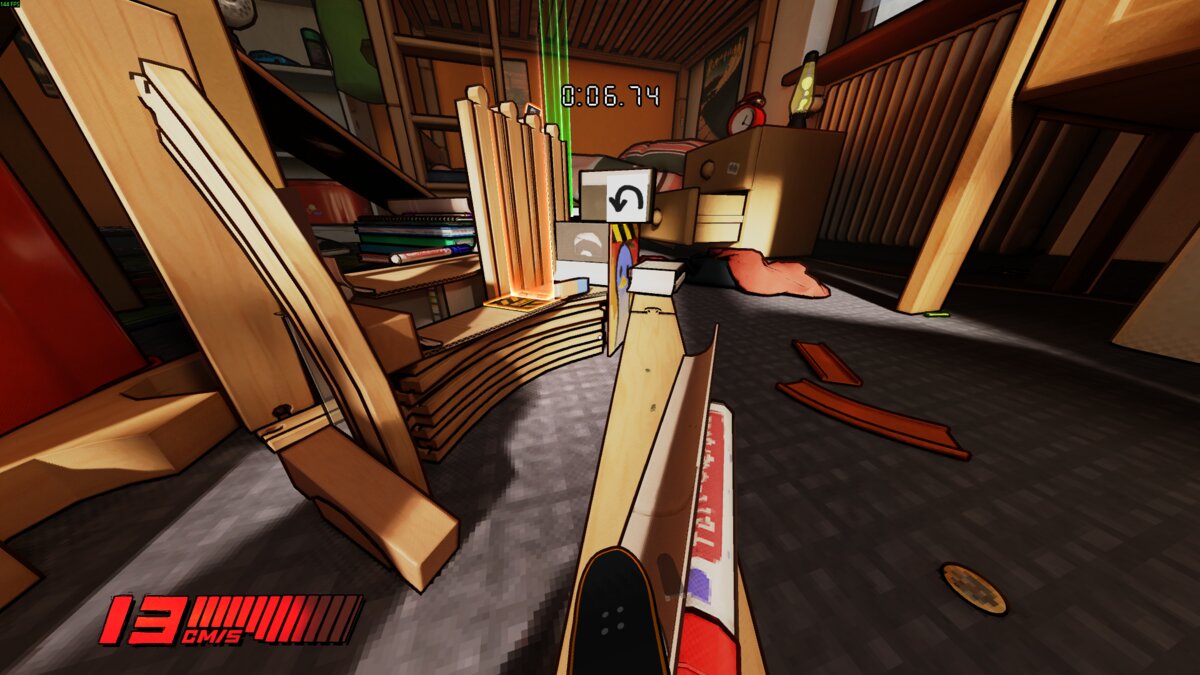You can trust VideoGamer. Our team of gaming experts spend hours testing and reviewing the latest games, to ensure you're reading the most comprehensive guide possible. Rest assured, all imagery and advice is unique and original. Check out how we test and review games here
At first glance, Battleforge is a bit of an intimidating beastie. It was for us at any rate: at the end of a full day of checking out EA’s first-quarter line-up, we felt a bit threatened by the concept of an electronic trading card game. Things like Magic: The Gathering have always looked fearfully complicated to us, and we weren’t exactly encouraged by the revelation that Battleforge involves the use of 200 virtual cards – cards that players buy and trade via microtransactions.
However, after ten or fifteen minutes in the company of a developer who patiently explained the way everything works, we began to feel a bit happier. Battleforge is certainly the kind of release that will appeal most to fans of Magic The Gathering and other stat-fests, but it’s essentially an easy-to-use RTS – albeit one that completely does away with things like base-building and unit training.
Play begins in the titular Battleforge itself – a sort of hub area where players can test out their forces before they decide what they’ll take into their next battle. The idea is that you browse through the various cards you’ve collected and assemble a deck of 20; these are the forces and weapons you’ll take into your next fight. Once you’re actually in a match – either versus another player, or co-operating with them – you’ll be able to play these cards. Most cards will instantly summon military units or monsters, but you’ll be able to create defensive towers and use magic spells. The important thing is that the effect is immediate, so it’s possible to build up an army very swiftly – no waiting around for build-time here.
Each card can be played any number of times, but every action will cost you energy. Your energy supplies will slowly grow with time, and you can speed things up by capturing forces around the map. However, things get a bit more complicated when you consider that there are four different types of energy, each corresponding to the four coloured card sets. Red Fire spells and troops are focused on destruction, while blue Frost cards are more defensive; the green Nature deck has an emphasis on healing and control, while purple Shadow cards are all about sacrifice and risk – perhaps trading lifespan for an increased attack. When you capture a generator you’ll have to decide what kind of energy it creates, so you’ll have to decide whether you want to focus on a single colour, or on a more mixed deck that will be harder to reinforce.
Aside from the energy cost, more powerful cards require that you control one or more summoning orbs; again, these are gained by capturing certain structures dotted around a map. Low-level cards will summon infantry troops like spearmen, while the more powerful options include massive eagles, an Ent-like tree monster, and an enormously fat man with a big axe. Meanwhile spells like Curse of Oink will turn your enemies into pigs. We’ve clearly only seen a fraction of the 200 cards on offer, but there seems to be a decent spread of interesting monsters and powers.
Battleforge uses the same point, drag and click setup that we’ve seen in countless other RTS titles, although it seems the game is designed to keep things as simple as possible – identical units will automatically band together if placed near each other, for example. Our hands-on time with the game has been fairly limited so far, but we’d say that the most notable features of Battleforge’s combat is the fact that units can be summoned instantly. This allows you to swiftly turn the tide of a battle, and it also means that you tend to view your forces as being fairly expendable. It also keeps the action moving at a fairly fluid pace, which is clearly no bad thing.
The initial starter pack for Battleforge will give the player up to 150 cards to get started with: 16 from each of the four faction decks, plus 3000 Battleforge points. For the price of 250 Battleforge points, you’ll get a booster pack containing eight cards – one of which will be “rare,” and two of which will be “uncommon”. A quick spot of maths works out that 3000 points can therefore buy you a further 96 cards. Further booster packs are said to cost around €2.50. That seems like a pretty decent price for Europeans, [politics] though that will probably work out at around £500 if the Pound continues to slide [/politics].
On-the plus side, cards you don’t want can be traded with other players, either in private transactions or via the game’s in-built auction system. EA Phenomic has also engineered proceedings so that people will have to play the game in order to trade, a conceit that should hopefully discourage gold-farmers. The reliance on micro-transactions also means that there will be no monthly subscription fees. We reckon that this is probably a smart move, as it will encourage curious parties to give the game a go. For all EA’s emphasis that this is an RTS, the card-game structure will still be a bit of off-putting to a lot of people. It certainly scared the shit out of us, but hey – it’s an original idea, and it seems to work pretty well. Battleforge won’t be for everyone, but if you’ve read this far then you’re probably interested enough to give it a go.
Battleforge is currently on open beta, and will be released on PC in March.
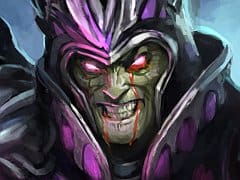
/https://oimg.videogamer.com/images/e717/battleforge_1.jpg)

